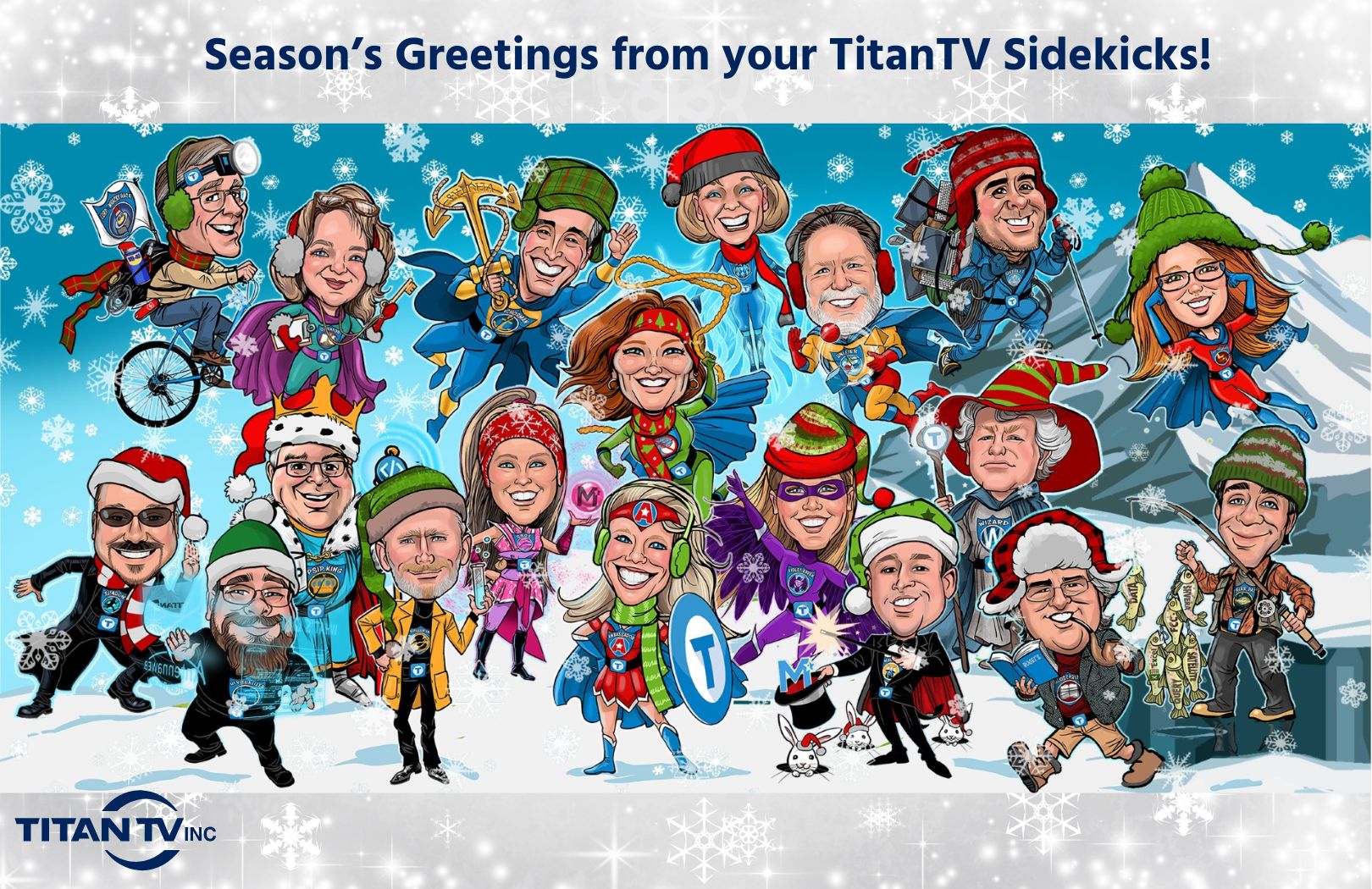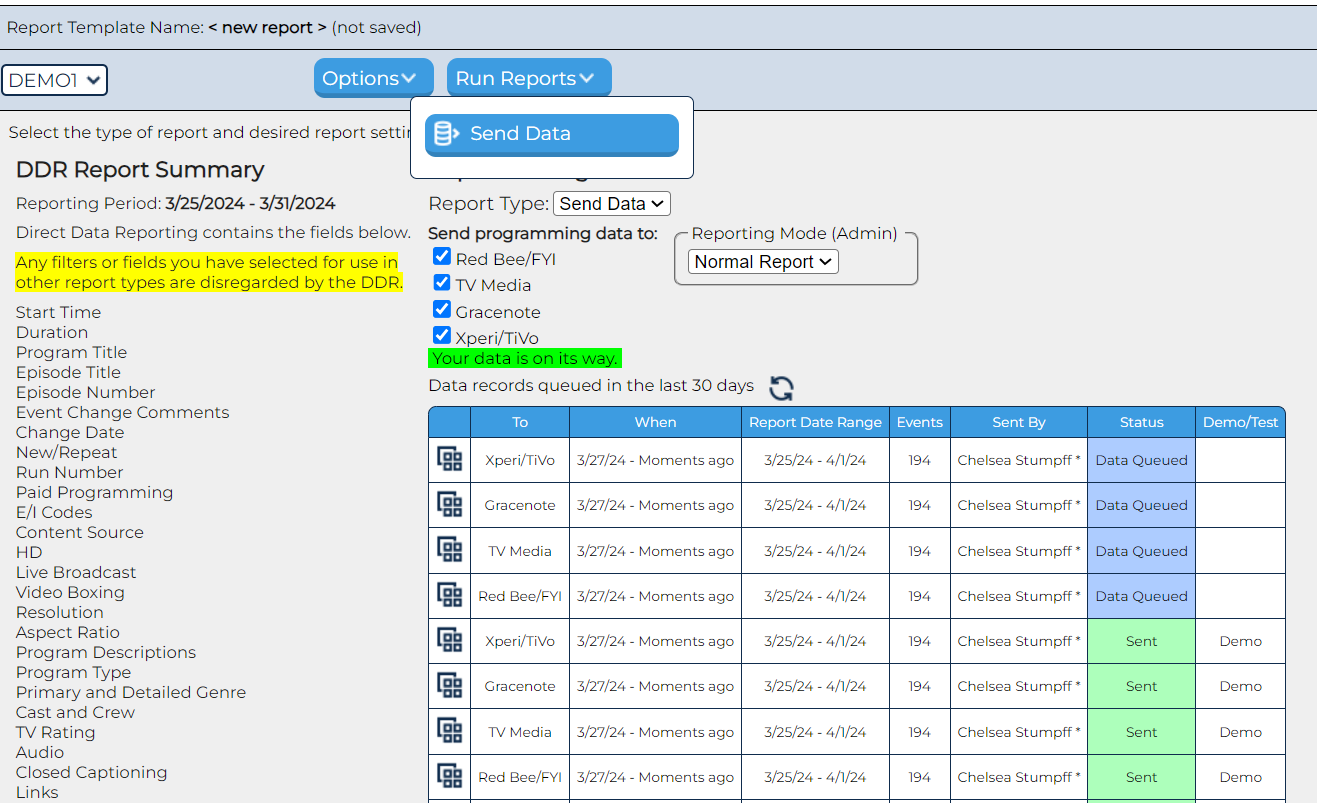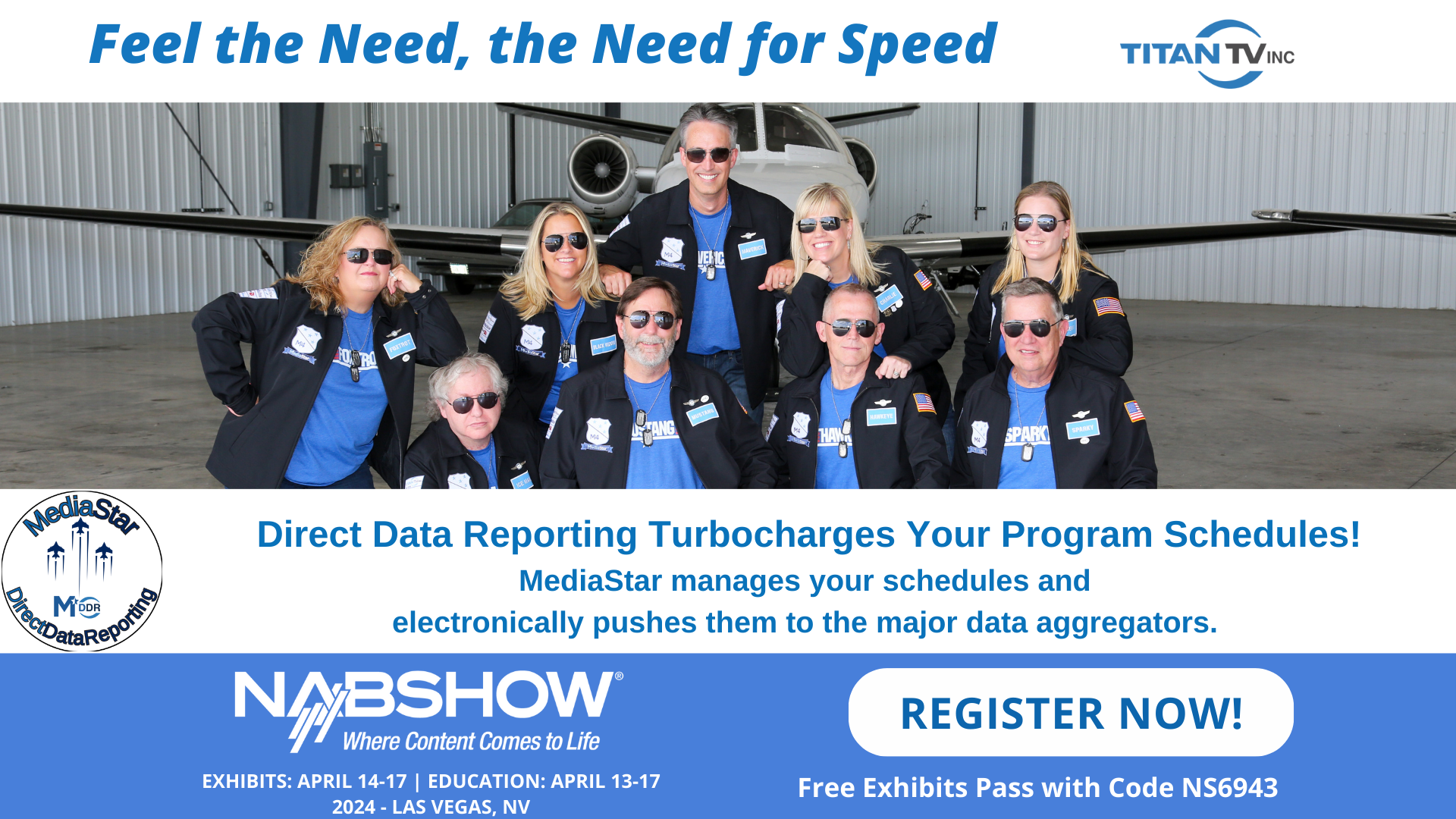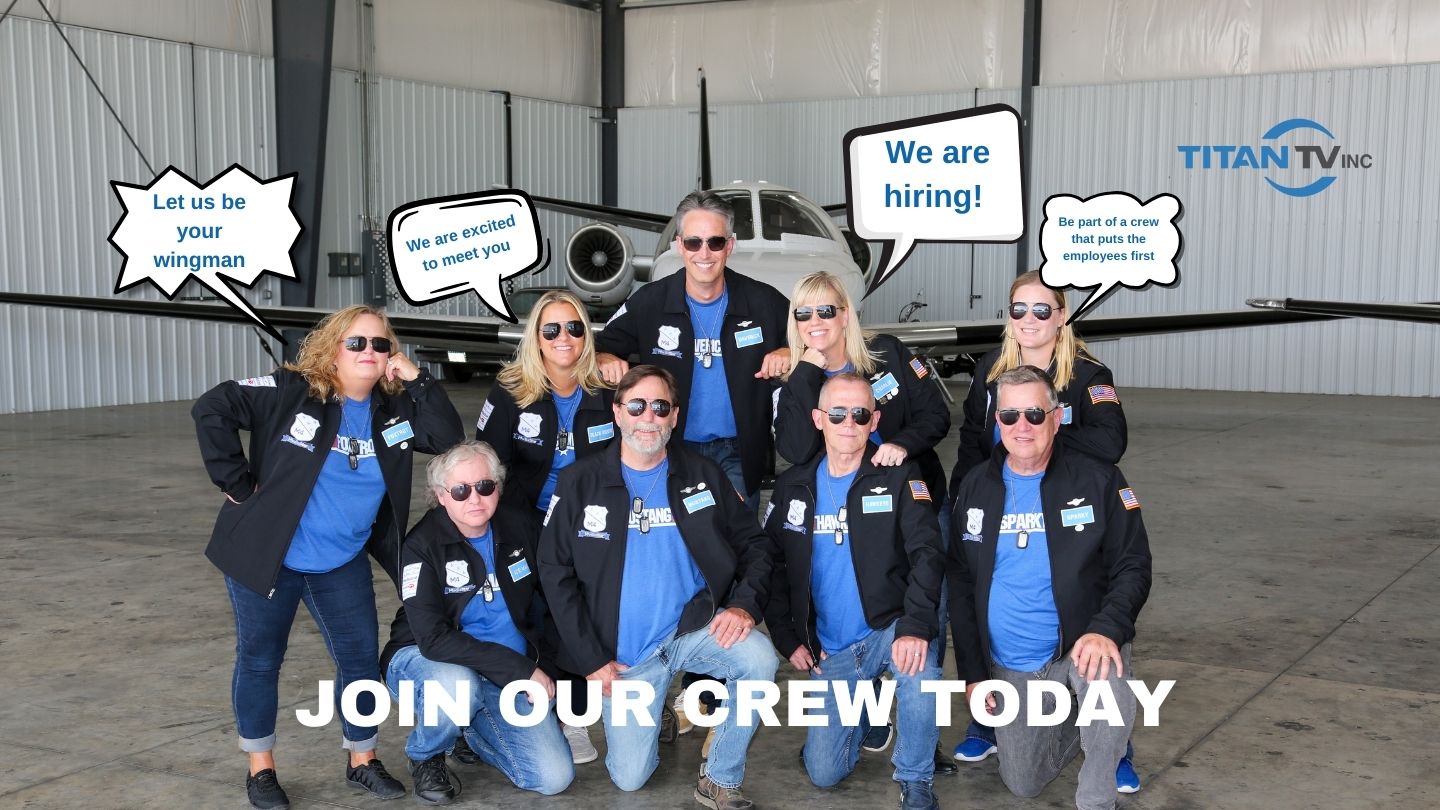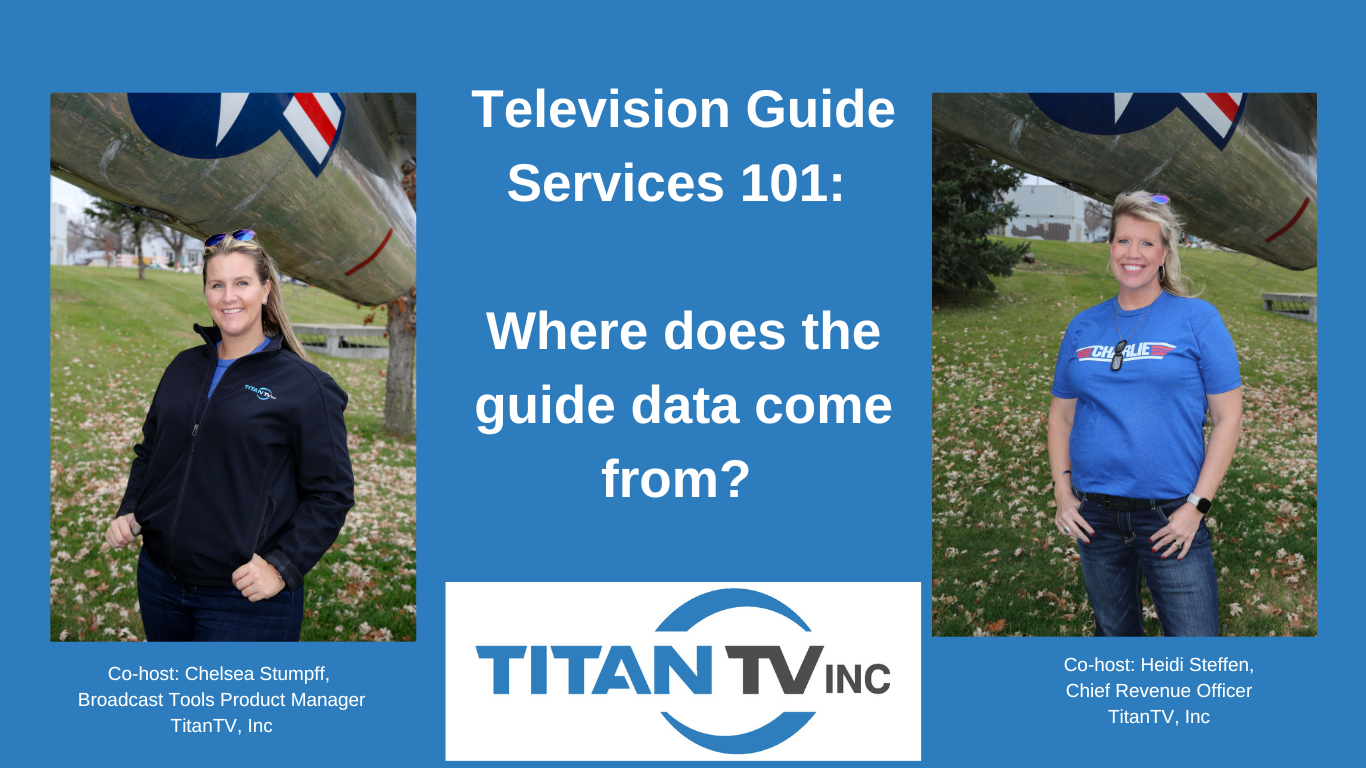Viewers Are Gearing Up for NextGen TV. Are You?
Posted on November 10th, 2021 by HSteffen
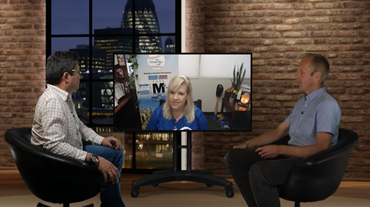
ATSC 3.0 has been around for about a decade, but only recently has “NextGen TV” really begun to take off. A lot of U.S. stations have gone live, and more than 60 are expected to be live by the end of this year.
When stations upgraded for the repack, which was completed in 2020, many invested in the equipment that would support their launch of ATSC 3.0 and NextGen TV. Another advance driving NextGen TV is development of broadcaster apps that install on viewers’ smart TVs, giving the local broadcaster the flexibility to provide additional services.
While broadcasters are taking these steps to deliver ATSC 3.0, consumers are doing their part too. Many new TV sets today are ATSC 3.0-ready, so the consumer’s ability to receive NextGen TV is on the rise. (For sets that aren’t already ATSC 3.- compatible, consumers can purchase a dongle or other device to add that capability.)
Going into 2022, the pace of the NextGen TV rollout will continue to increase, bringing consumers a much richer viewing experience than they’ve ever seen from broadcast television. One reason for this is that while PSIP data associated with ATSC 1.0 provides very useful information in the electronic program guide (EPG) about current and upcoming programming, it’s fairly basic stuff. The metadata sent out to populate the electronic service guide (ESG) for ATSC 3.0 program delivery allows the broadcaster to add a great deal more information about each show or movie. In so doing, broadcasters can give audiences an experience similar to browsing programming on today’s OTT services.
TitanTV’s MediaStar Scheduler simplifies this process and helps broadcasters make the most of ATSC 3.0. They can add their own programming (for up to five years!) and add metadata, show cards, images, talent information, and even audio descriptions and send all this data via the ATSC 3.0 signal so that consumers have all the information they need to choose the show they want to watch.
The benefits of NextGen TV go much further, though. Leveraging EIDR, a global registry for unique identification of movie and TV content, broadcasters can employ dynamic ad insertion to make sure they optimize all revenue-generation opportunities. If a higher-value show goes to air, replacing less lucrative content, the change in EIDR number can automatically trigger an upgrade to the ad spots run in available ad space.
All of these capabilities are more important than ever, given the explosion in streaming services — and viewership too, during the pandemic. Consumer expectations of media delivery at home have risen along with those numbers, so the time is right for NextGen TV and the enhanced experience it enables.
Set up a time to talk about how you can easily move into NextGen TV.
KitPlus full interview with Heidi Steffen:
Simon:
Hello, and welcome to the show supported by Mediaproxy. Now, today we are talking about ATSC 3.0, also known as NextGen TV, and we’re speaking with a new company to KitPlus TV. So we’d like to welcome Heidi Steffen from Titan TV. Hi, Heidi. Welcome to the show.
Heidi Steffen:
Thank you.
Matt:
Alright. So, I’ll tell you what. Why don’t we start with a little bit of history about ATSC 3.0 Or NextGen TV. Give us a bit of background.
Heidi Steffen:
So, ATSC has been around for a while, and then ATSC 3.0 kicked off about ten years ago. So, if anyone’s familiar with the digital transition in 2009, people always ask what happened to ATSC 2.0, which is a mobile initiative that didn’t quite get off the ground. But since then, 3.0 really started to escalate. And with that, a lot of stations have gone live. The last thing that I heard about, 60-some markets would be live by the end of this year. And the other nice thing that’s really helped this year is a lot of the television sets have now come out with the ATSC 3.0 receiver in it. So, consumers can now receive that signal at home. And that is the difference between 1.0 and 3.0, is you will need to have either a new television set or a dongle or something that has a new receiver in it to be able to receive the new signal.
Matt:
Yeah, sounds great. So you mentioned all of those markets that are coming out. This is a global project. How many markets are fully rolled out? What timescale is on it?
Heidi Steffen:
So, TitanTV is more focused on the US. So, for what I’m aware of is more on the US side. I do know that Korea has launched the standard, and they launched it for the last Winter Olympics. And it’s going very well there.
Matt:
Okay.
Heidi Steffen:
So, with our involvement, again, they’re looking at by the end of this year about 60 markets plus to go live, and then another more aggressive rollout next year for each of the additional markets. Now, when I say a market, that’s a US market, and that doesn’t mean every station in the market is then broadcasting a new 3.0 signal. It’s just a set of stations. And each market is different on what those include as far as which networks and which stations are going live in each market.
Matt:
Yeah.
Simon:
So Heidi, can you tell us what you can provide with NextGen TV and ATSC 3.0 and the enhancements to products around ATSC 3.0?
Heidi Steffen:
Yeah. So, most broadcasters in the US really know us for our PSAP data. So, that’s the metadata that goes out with the current 1.0 signal to consumers when they click on guide on their TV; that’s the metadata that’s coming through. So, for ATS 3.0, we can provide now what they’re calling a standard ESG data service. So, that’s the “Electronic Service Guide.” It’s the same metadata that’s gonna go out that you’re seeing in 1.0. But with 3.0, the enhancements are really the rich metadata. So, now you’ll be able to see show cards, and movie posters, and then additional content, not only just about the program but more about the actors and actresses. So, think of your OTT experience today with your Netflix, Amazon Prime. You’re looking at a movie, and you want to dig deeper into that. That’s what ESG data service will be able to provide for over the air consumers with ATS 3.0 or a NextGen TV.
So, we’re excited to be able to provide that, and we’re able to go a step further. So, we have a tool called MediaStar Scheduler. It is an online tool that allows broadcasters today to build out their schedule five years in the future. With this tool, they can add their own programming. So, as we know in NextGen TV, broadcasters can quickly put up another flash channel, as they call it, but they need that metadata behind it. Our tool allows them to go ahead and build that metadata, add those show cards, add the images, maybe the anchor’s information, and be able to send it out in the 3.0 signal so that consumer at home, when they’re clicking on the guide, has all the information that they need.
Matt:
So, I mean, have you been working with anyone in particular? Have you got any particular examples of how you’ve taken clients forward already?
Heidi Steffen:
Yeah, so we have basically provided the ESG data for any of the initial test markets from the Pearl Phoenix Market to Dallas, News-Press & Gazette, Santa Barbara Market. And we are working on a project with News-Press & Gazette related to dynamic ad insertion, which really comes back to also be able to know what that content is so that they can do dynamic content.
Related to our part of that is the ITER system. So, this is a nonprofit organization that allows content producers, from VOD, to OTT, to over-the-air, to register their programs. And then the idea is that this identifier then goes through the entire station system from every hardware and software that it hits. So, then when it goes out to the end device, the ad system can say, “Okay, this is, for example, “2 Broke Girls.” But if all of a sudden there’s breaking news, there’s a new ITER number. And now the ad system can say, “Hey, I want to actually put this higher-priced ad that will pay for this breaking news”, and do a dynamic ad insertion. So, that’s one of the projects that we’re working on with News-Press & Gazette. It’s the addressable asset identification standard for NextGen distribution. And there’s a lot of other possibilities that can happen, and this can even do some stuff in 1.0 that will help stations as well.
Simon:
So, you mentioned MediaStar Scheduler early on, Heidi. What other tools are out there to help convert consumers over to ATSC 3.0?
Heidi Steffen:
So, one of the things that we really are pushing for is consumers today and how they use or consume broadcasting. One of the things that was really heavy, especially because of the pandemic, is watching it on VOD or watching it on some of these over the top providers. They have that experience to be able to really, you know, what’s on, searching. Maybe I go then search for something, and it’s on right now. I can watch it right now. That’s the experience that we want to be able to provide and help broadcasters provide with NextGen TV. It’s to provide them all that metadata, help them with the information, so that consumers will then, “Hey, I’m familiar this with an OTT, but it’s a better experience”, and it will be with 3.0 with the audio descriptions that we’ll be able to add there be able to enhance that.
So, here’s one way that we feel that consumers will transition from OTT over to 3.0 because they can have that same user experience they have today with all that content. What really is going to help remove that is as far as will the receiver application, so the television set guy will be able to pull in all that information, or will broadcasters need to send out what they call a broadcaster app that is then downloaded on a TV that allows them that other user experience.
Matt:
Yeah. So, a little sort of a side question in a way, does the broadcaster actually need to invest in anything other than your services in order to be compliant? Or they probably don’t have to, but that’s gonna make their life a lot easier to invest in your services. They don’t have any hardware upgrades or anything, do they or do they?
Heidi Steffen:
There will be upgrades, but with the repack that just happened in the US that just finished up about a year ago, a lot of stations, what they did is when they had to do the repack, had to buy additional equipment for that, they actually invested in equipment that can also be used for NextGen television. So, some already have that equipment in there. They just haven’t put it in place. The other thing will be some of the hardware or actually investing in what we call a broadcaster application. So, it’s just an app on television that provides more flexibility for the local broadcaster. And again, that broadcaster app could be very different from one station to another station in the market. So, it just depends on what the individual broadcaster wants to provide and the additional services in that application.
Simon:
That’s great. Thank you very much, indeed, Heidi. So just for those watching, where can they find out some more?
Heidi Steffen:
For more information, go to our website, which is titantvinc.com. And then we have an upcoming webinar series to go all over all of these updates that we have and we’ve talked about. If you want more information, it’s the same website. It’s just titantvinc.com/webinarseries.
Simon:
So, thank you very much, indeed, Heidi. Do check out the web link there at titantvinc.com. Thanks also to Mediaproxy, of course, for their support at KitPlus TV. Thank you for watching, and we’ll see you next time.

